After the Schmetterlinghaus, we decided to visit the Naturhistorisches Museum before heading for the rendezvous point for finding a place to watch the World Cup.
Back side of the Nationalbibliothek.
Cherubs remain creepy.
This is part of the back end of the Nationalbibliothek.
Here's a view of the Maria Theresia statue that's between the Naturhistorisches Museum and the Kunsthistorisches Museum.
And I captured yet another bird-on-statue picture. Huzzah.
European museums tend to have allegorical statues of the various continents represented by various native peoples. Here's the statue representing America and Australia.
There's an extensive mineral cabinet, or what humans used to use before search engines. The gold nugget is a cast.
Various giant quartz crystals.
An object made in celebration of graphite.
Pyrite, include fossils with pyrite deposits.
Marble sampler.
Malachite/azurite.
Opals.
One of the most entertaining parts of the mineral collection for me was just how much random Habsburg stuff there was scattered throughout the cabinets.
Last year they had the Venus of Willendorf in a special exhibit and it was too dark to get a clear photograph, but this year the cabinet was out in the open.
After the mineral collection, there was a large meteorite collection. I was impressed by the size of a lot of them. Here are some cross-sections.
These were composed primarily of iron.
This exhibit detailed a biosphere experiment conducted in the 90s in Arizona that ended up having to be abandoned due to uncontrollable bacteria.
A cross-section of an elephant skull in an exhibit on how the various engineering solutions humans use to build things already exits in nature somewhere due to the constraints of physics.
Next came the fossil cabinets.
Dinosaurs!!!!!!!!
WITH FEATHERS!!!!
There was a nicely creepy animatronic Allosaurus.
The Iguanadon skeleton was mounted incorrectly according to current knowledge, but there was a sign explaining the history of the mount. This Godzilla-like pose was what was assumed before people who really knew how joints worked and fit together worked with fossils. Today the skeleton would be mounted bipedally with the spine horizontal to the ground like a bird.
Next up, I get the best seat to watch soccer.


















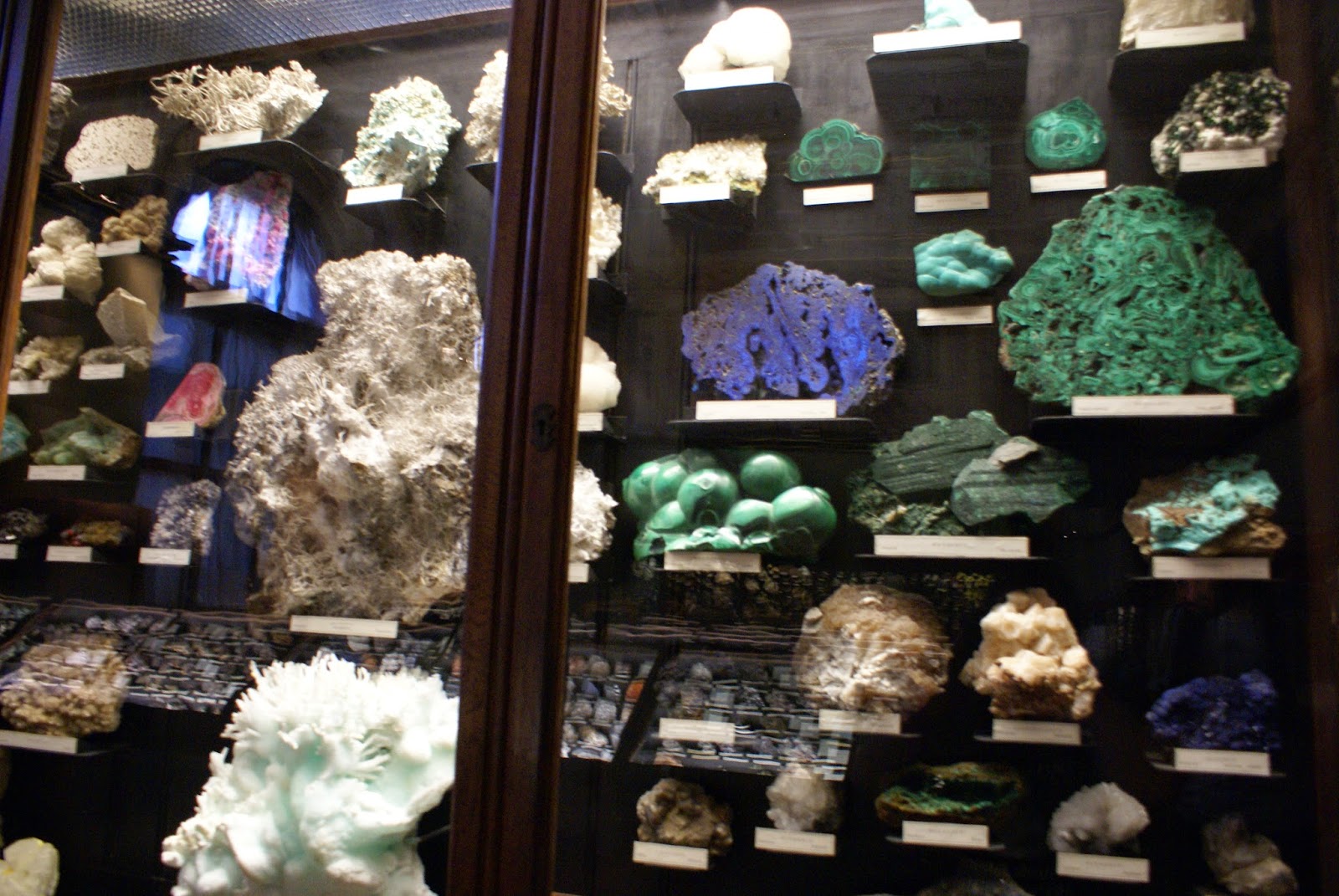



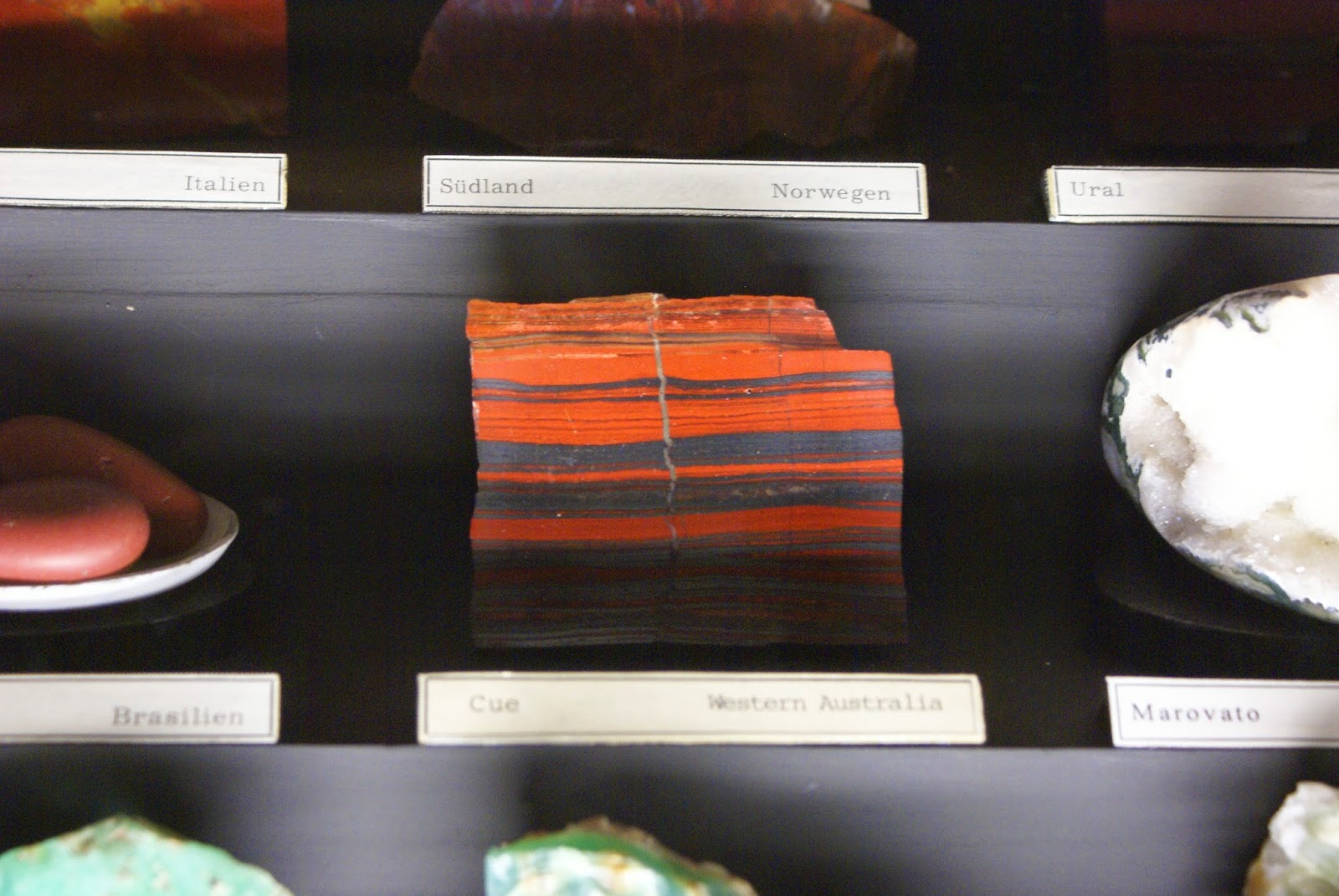
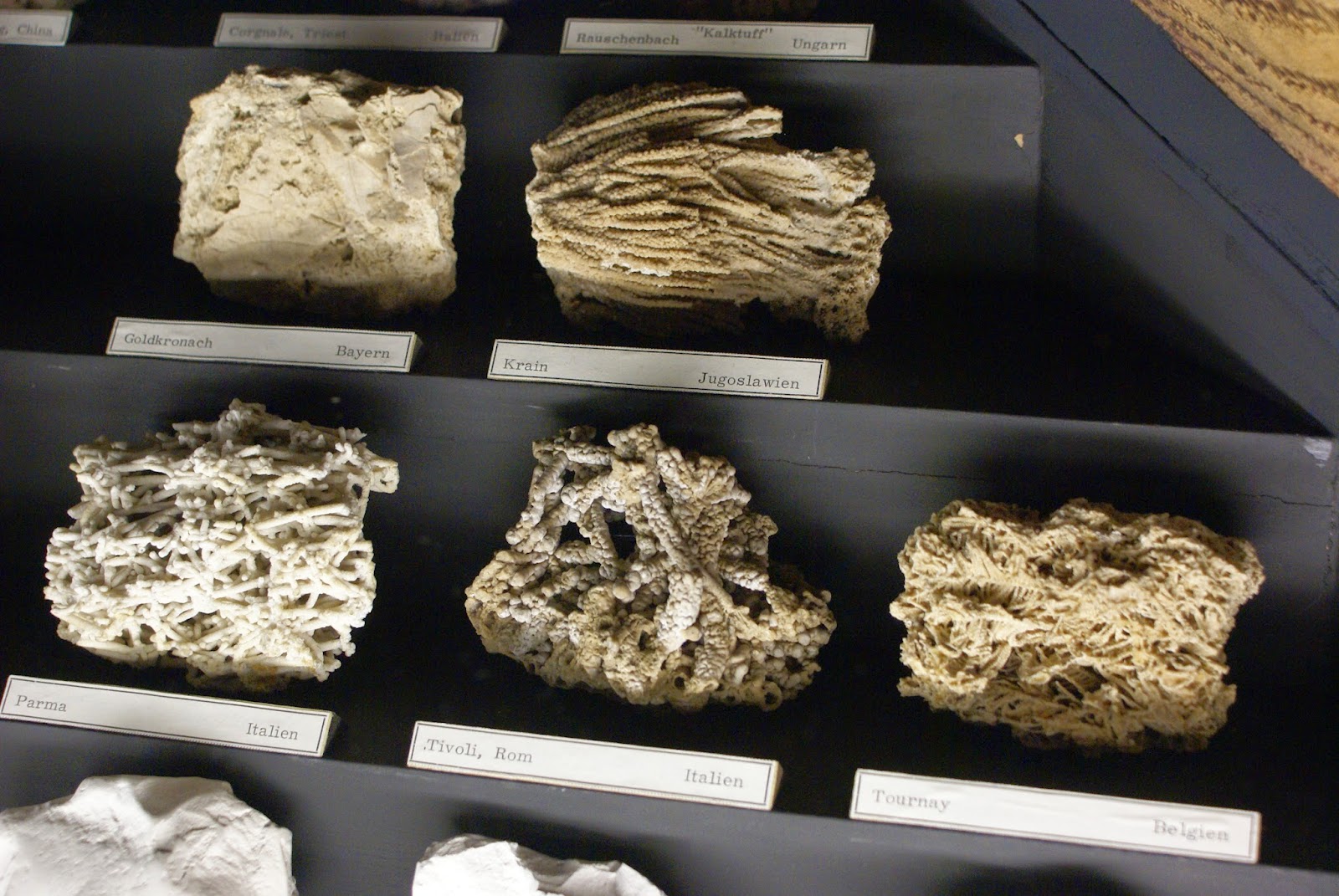








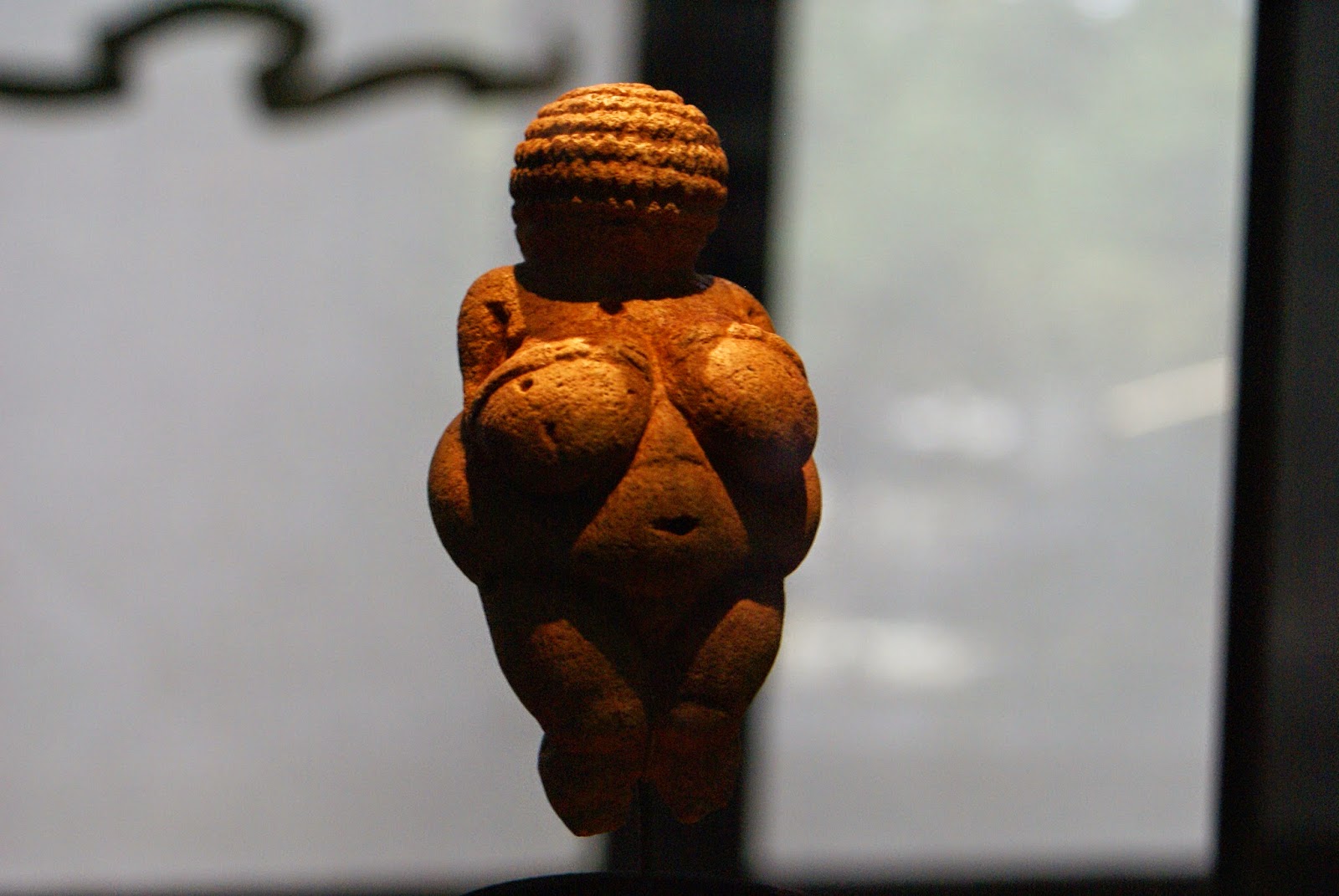










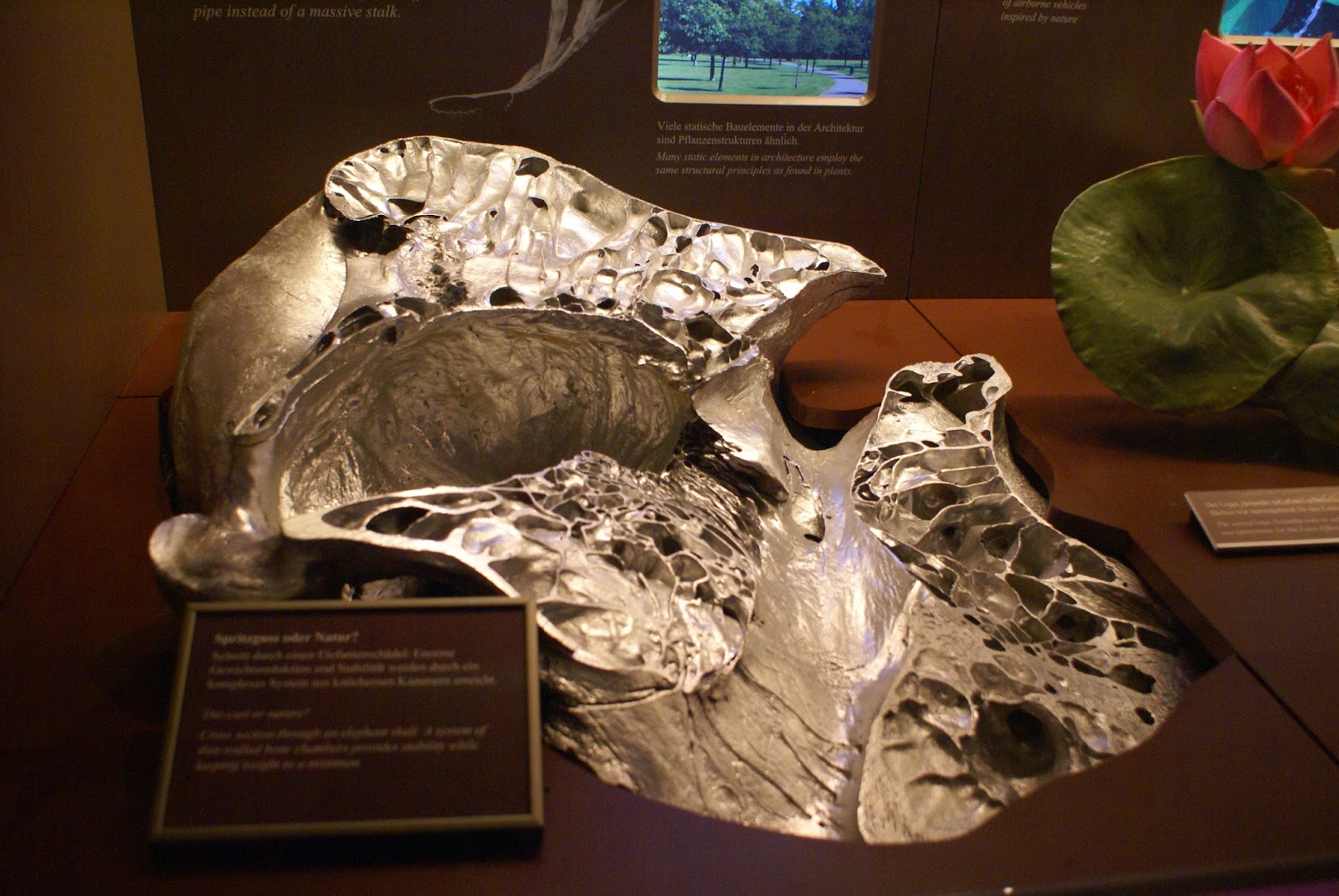
















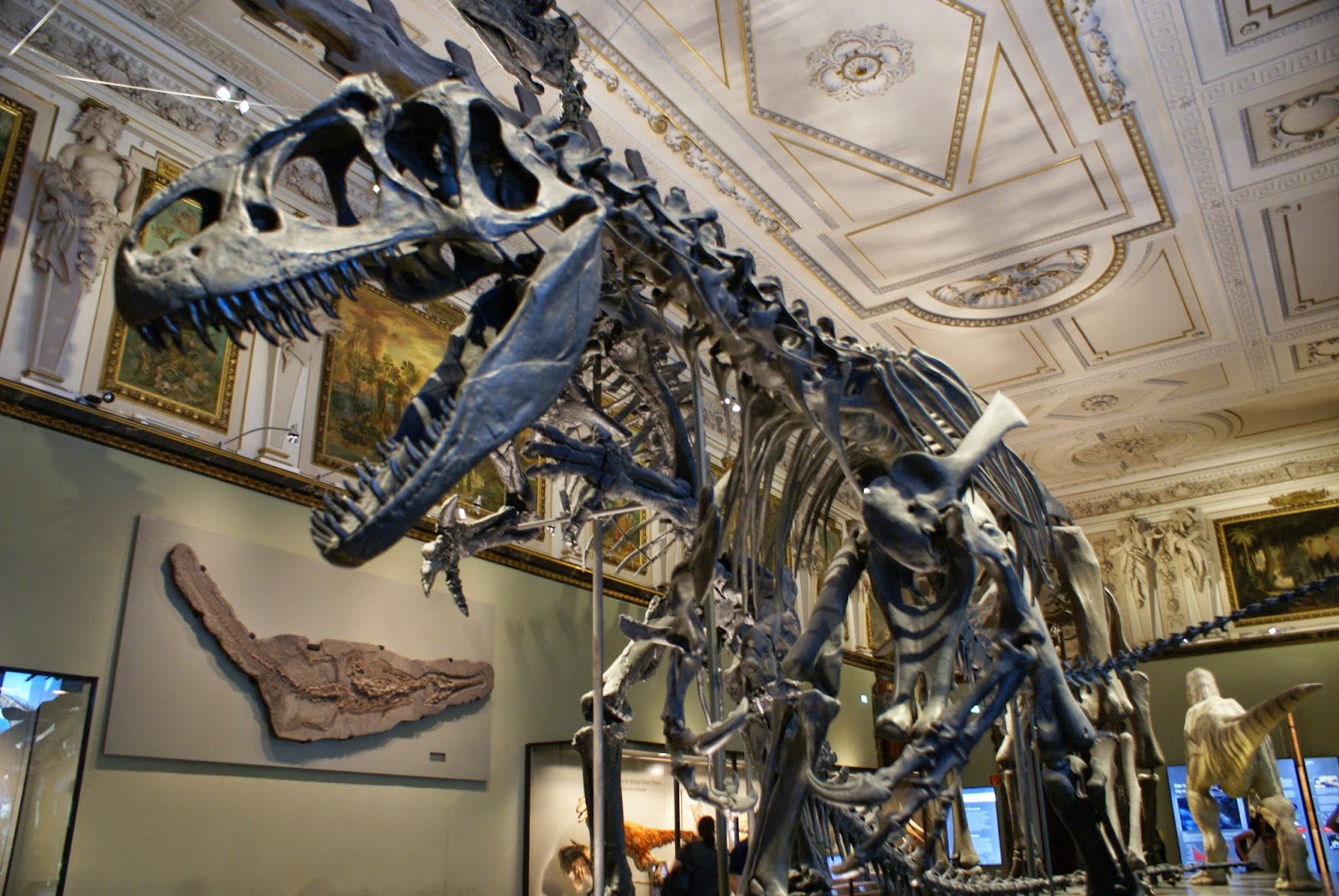

















What a wonderful museum! I think I could spend days there.
ReplyDelete